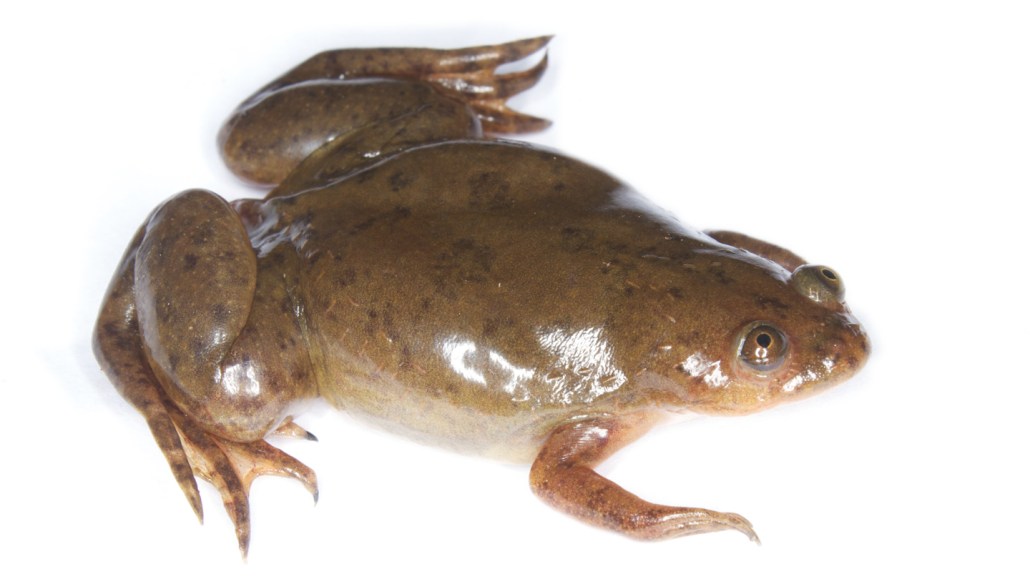Questions for ‘A new drug mix helps frogs regrow amputated legs’

Adult African clawed frogs can’t fully regrow lost body parts on their own. But a new device that holds a chemical cocktail at the wound site has coaxed some frogs to regrow useful limbs.
Brian Gratwicke/Flickr (CC BY 2.0)